USC Roski Eye Institute
2023 Annual Report
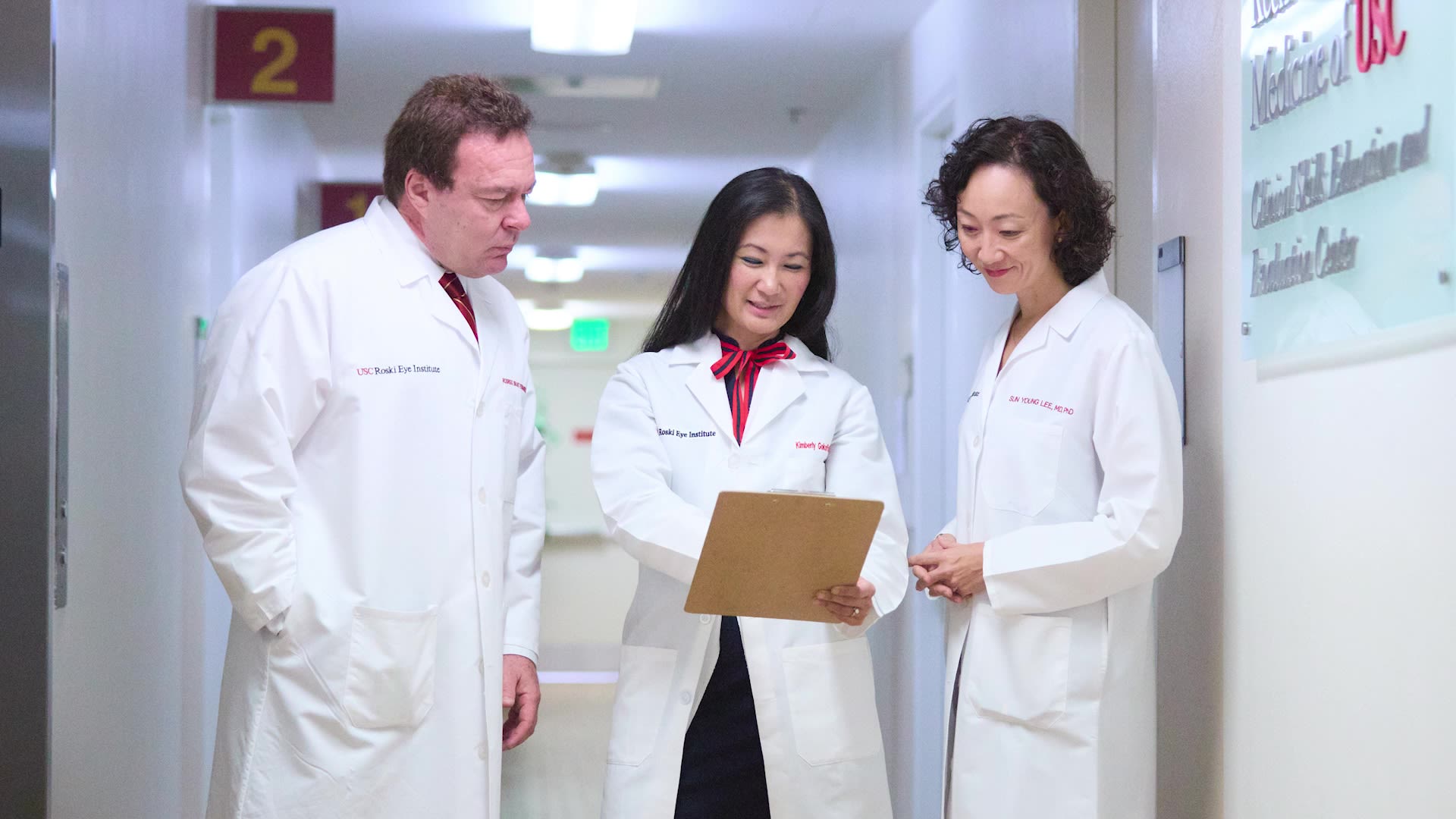
Leadership Message
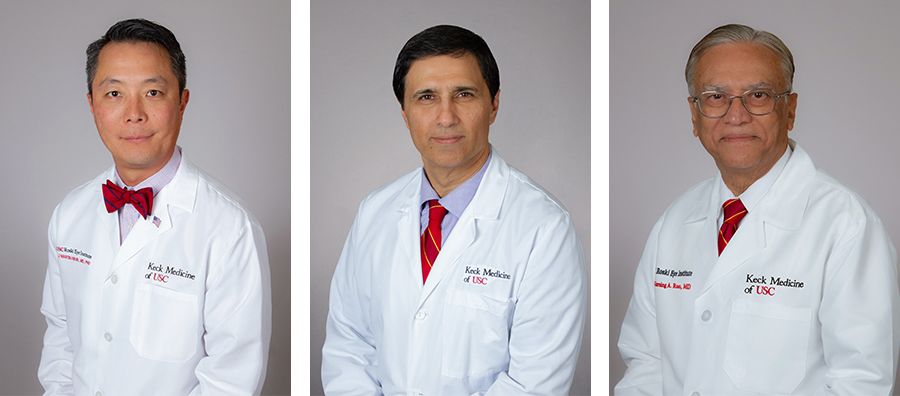
Left to Right: J. Martin Heur, MD, PhD; Mark Humayun, MD, PhD; and Narsing Rao, MD
J. Martin Heur, MD, PhD, Chair, Department of Medicine, Keck School of Medicine of USC
In 2023, the USC Roski Eye Institute continued to provide exceptional clinical care, train future leaders in ophthalmology, and develop new therapies to fight blindness. We remain dedicated to developing innovations in eye care through the integration of medicine and science. We remain at the forefront of providing treatments not widely available in the community for managing complex eye diseases.
In FY 2022, the USC Department of Ophthalmology ranked #5 among all ophthalmology departments in NIH Funding in the United States. The broad research portfolio of our faculty positions us well to develop innovations that have the potential to generate new therapies and diagnostic modalities that can change our current practice patterns.
Our LAC+USC Ophthalmology Residency program continued to be recognized nationally in the U.S. by Doximity. Our residency program is well-positioned to further enhance our educational commitment to training the next generation of ophthalmologists. We deeply appreciate our exceptional alumni, who generously donate their time at the newly named Los Angeles General Medical Center, for guiding and supporting our trainees.
These achievements are a result of the exceptional collaborations within our Roski Eye Institute community. We extend our gratitude to all of you for your commitment to supporting our mission.
We want to close by saying we are honored that Dean Carolyn Meltzer has appointed J. Martin Heur, MD, PhD as the Chair of Ophthalmology at the Keck School of Medicine of USC. In addition, we are pleased to announce that Andrew Moshfeghi, MD, MBA, will serve as Vice Chair for Clinical Affairs. In his role as Vice Chair, Dr. Moshfeghi will assist in providing strategic leadership to achieve the clinical mission of our department.
In the year ahead, we look forward to continuing our mission of providing world-class eyecare and training, and performing cutting-edge research.
Sincerely,
|
J. Martin Heur, MD, PhD Professor and Chair Charles C. Manger III, M.D. Chair in Corneal Laser Surgery USC Department of Ophthalmology Keck Medicine of USC |
Mark S. Humayun, MD, PhD Cornelius J. Pings Chair in Biomedical Sciences Co-Director, USC Roski Eye Institute Director, USC Ginsburg Institute for Biomedical Therapeutics |
Narsing A. Rao, MD Grace and Emery Beardsley Professor of Ophthalmology Co-Director, USC Roski Eye Institute Keck School of Medicine |
Trends & Initiatives
Top 5
in NIH Research Funding Among Ophthalmology Departments in FY 2022
28
Ophthalmology Residents
200+
Faculty Publications
Over $19.2 million
in Research Grant Funding
in 2023
Clinical Highlights
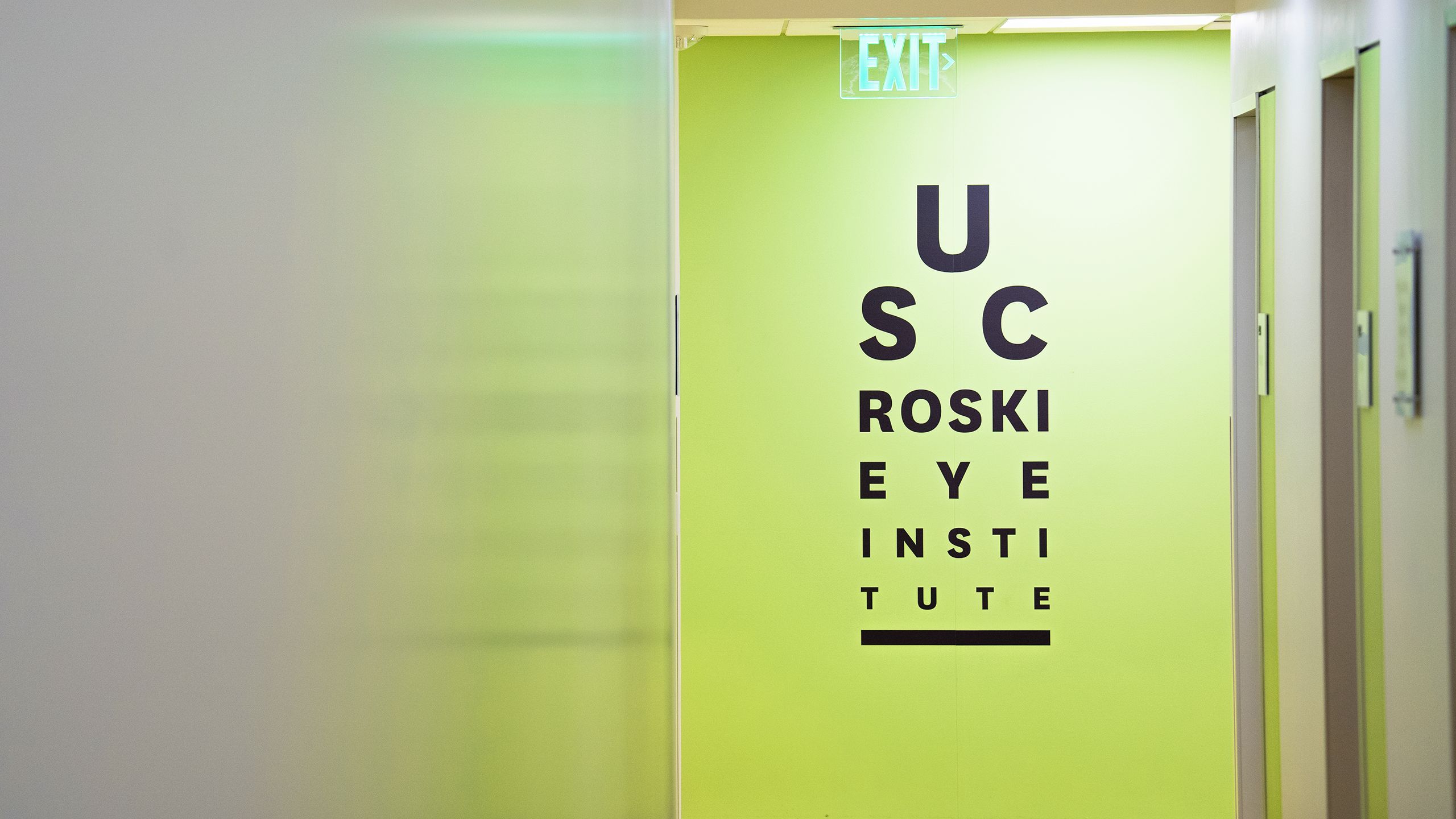
Clinical Stories from 2023

Pictured (L to R): Larry Goodall, Dr. Kimberly Gokoffski, and neuro-ophthalmology fellow Dr. Frank Abella-Ayala.
Pictured (L to R): Larry Goodall, Dr. Kimberly Gokoffski, and neuro-ophthalmology fellow Dr. Frank Abella-Ayala.
The Vision Cure: How Neuro-Ophthalmology Corrected the Eyesight of a Patient Deemed Beyond Saving
A combination of strabismus and thyroid eye disease caused a patient’s vision to be deemed untreatable by multiple ophthalmologists, but a consultation with Dr. Kimberly Gokoffski offered one more chance to save his sight.

From LASIK to Telemedicine: How a USC Ophthalmologist is Revolutionizing Vision Care in Guam
Charles Flowers Jr., MD, is a renowned eye surgeon and physician at the USC Roski Eye Institute, who has made significant contributions to eye care in Guam.
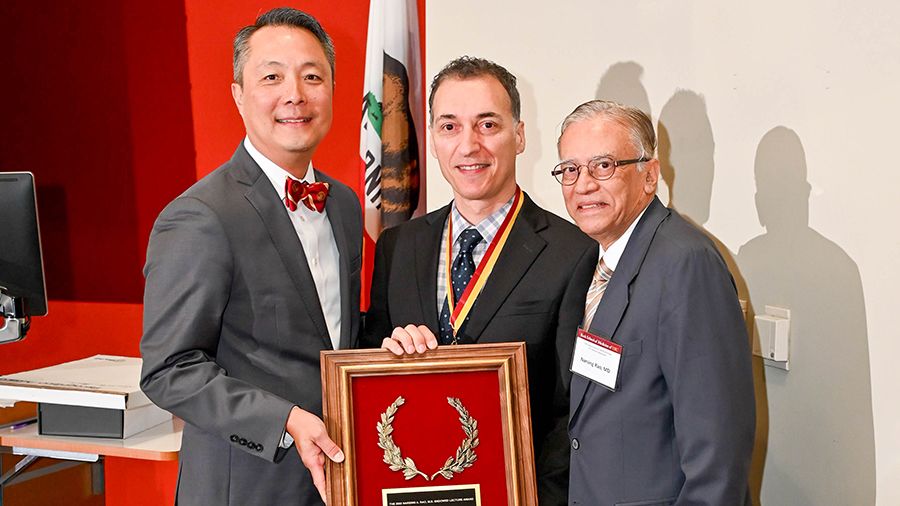
Dr. Dean Eliott (center) receives the Narsing A. Rao, MD, Endowed Lecture Award from Drs. J. Martin Heur (left) and Narsing Rao (right). (Photo/Filgraphix)
Dr. Dean Eliott (center) receives the Narsing A. Rao, MD, Endowed Lecture Award from Drs. J. Martin Heur (left) and Narsing Rao (right). (Photo/Filgraphix)
Celebrating 47 Years of Preserving, Protecting & Restoring Sight
The USC Roski Eye Institute celebrates 47 years of excellence in ophthalmic care at USC.
Research Highlights

Top 5
in NIH Research Funding
This year, the USC Department of Ophthalmology ranked #5 in NIH research funding among all ophthalmology departments in FY 2022, according to the Blue Ridge Institute for Medical Research. Within this list, four of our faculty members were listed among the Top 100 funded principal investigators:
Paul Thompson, PhD - #2
Arthur Toga, PhD - #7
Mahnaz Shahidi, PhD - #40
Qifa Zhou, PhD - #85
“This highlights the strength of research in the department,” said J. Martin Heur, MD, PhD, professor of clinical ophthalmology, interim chair of ophthalmology and Charles Manger III, MD Chair in Corneal Laser Eye Surgery. “I would like to thank everyone in the department for their efforts.”
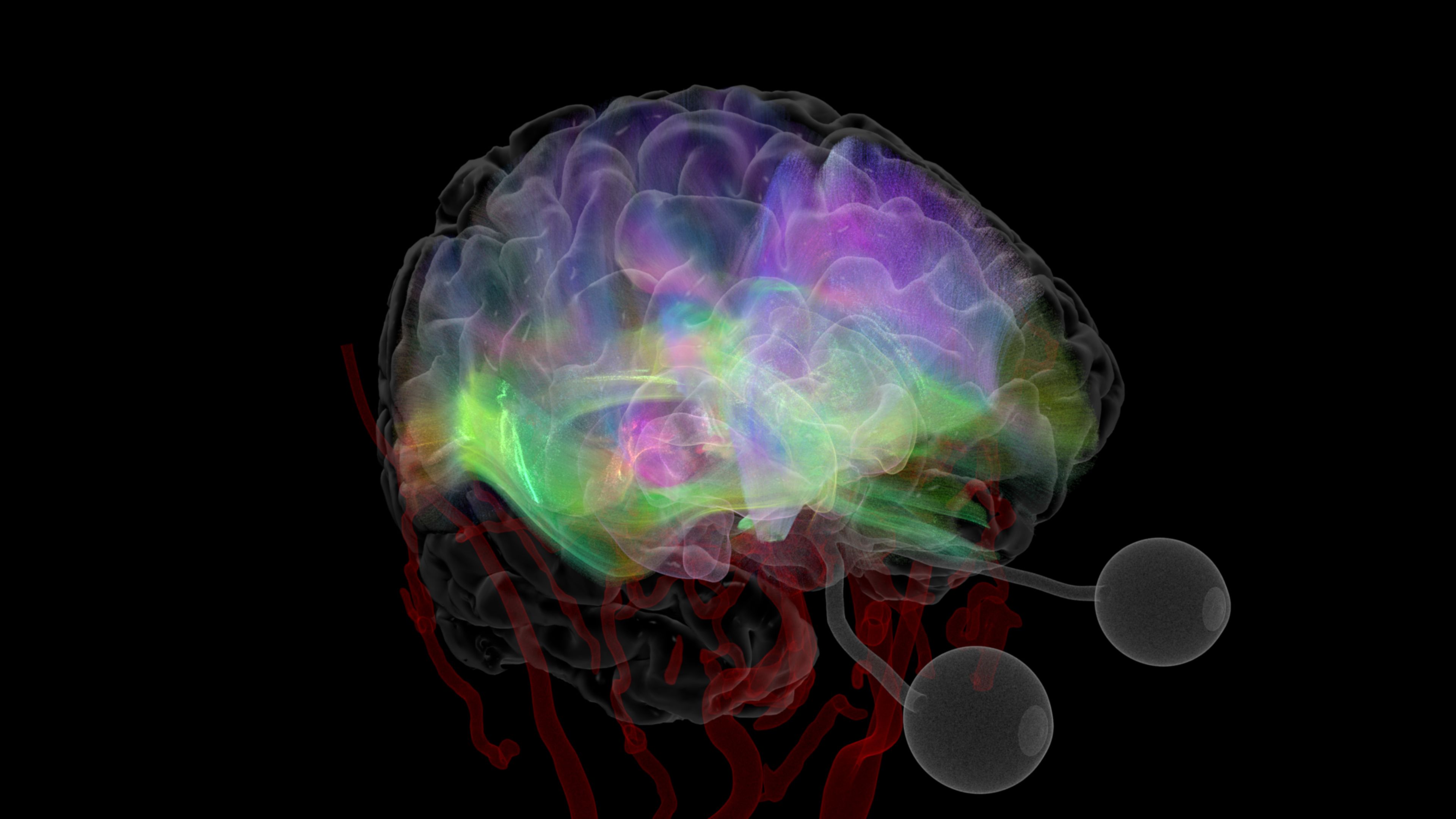
Active Research Funding - December 2023
|
Principal Investigator |
Project |
Source |
|---|---|---|
|
Jesse Berry, MD |
Molecular characterization of retinoblastoma in vivo using the aqueous humor liquid biopsy |
Children's Oncology Group Foundation (COG) |
|
Jesse Berry, MD |
Validation of an aqueous humor liquid biopsy for molecular prognostication and monitoring of children with retinoblastoma |
NIH/NCI |
|
Jesse Berry, MD |
Identification of aberrantly methylated differentially expressed genes to distinguish high- vs. low-risk retinoblastoma. |
Alex's Lemonade Stand Foundation |
|
Melinda Chang, MD |
Validating a Machine Learning Model of Eye Tracking in Children with Cortical Visual Impairment (CVI) |
NIH/NEI |
|
Melinda Chang, MD |
Biomarkers of visual processing and visual attention in syndromic neurodevelopmental disorders |
The Saban Research Institute (TSRI) |
|
Melinda Chang, MD |
Assessing lateral cortical inhibition in children with cortical visual impairment using visual evoked potentials |
North American Neuro-Ophthalmology Society (NANOS) |
|
David Cobrinik, MD |
Successive Responses to Oncogenic Aberrations in Retinoblastoma Genesis |
NIH/NCI |
|
David Cobrinik, MD |
Predictive Medicine Inherited Retinal Dystrophy Gene Correction Program |
Knights Templar Eye Foundation (KTEF) |
|
Maria Edman, PhD |
Role of Cathepsin S in Dry Eye Associated Neuropathic Pain |
NIH/NEI |
|
Kimberly Gokoffski, MD, PhD |
In vivo Application of Electrical Fields Directs Retinal Ganglion Cell Axon Regeneration |
NIH/NEI |
|
Kimberly Gokoffski, MD, PhD |
Wearable Early Intervention Electric Stimulation for Optic Nerve Regeneration |
DoD |
|
Kimberly Gokoffski, MD, PhD |
Restoration of Optic Nerve Function Driven by In Vivo Multimodal Electrical Stimulation |
NIH/NEI |
|
Sarah Hamm-Alvarez, PhD |
Development of a novel tear-based biomarker assay for diagnosis of Parkinson's disease using RT-QuIC |
NIH/NIA |
|
Sarah Hamm-Alvarez, PhD |
Microtubule-Based Transport in Lacrimal Gland Function |
NIH/NEI |
|
Sarah Hamm-Alvarez, PhD |
Research Supplement to Promote Diversity in Health-Related Research Program for Cindy Toscano |
NIH/NEI |
|
Sarah Hamm-Alvarez, PhD |
Protein-polymer Nanomedicine for Sjogren's Syndrome |
NIH/NEI |
|
J. Martin Heur, MD, PhD |
Research to Prevent Blindness Unrestricted Grant |
RPB |
|
J. Martin Heur, MD, PhD |
Enhanced Preservation of Donor Corneas |
OneLegacy |
|
Mark Humayun, MD, PhD |
USC Roski Eye K12 Clinician-Vision Scientist Training Program (USC Roski Eye K12) |
NIH/NEI |
|
Mark Humayun, MD, PhD |
EFRI CEE: Engineered Retinal Epigenomics |
NSF |
|
Mark Humayun, MD, PhD |
The Cost Effectiveness and Value of Treating Combat Ocular Trauma |
DoD |
|
Mark Humayun, MD, PhD |
A Phase IIb Multicenter, Clinical Trial to Assess the Safety and Efficacy of the CPCB-RPE1 Implant in Subjects with Advanced, Dry Age-Related Macular Degeneration Known as Geographic Atrophy |
Marcus Foundation |
|
Xuejuan Jiang, PhD |
Intrauterine exposure to tobacco smoke, DNA methylation, and vision disorders in preschool children |
NIH/NEI |
|
Xuejuan Jiang, PhD |
Imaging Cerebral Small Vessels in Vascular Cognitive Impairment and Dementia (VCID) |
NIH/NIA |
|
Xuejuan Jiang, PhD |
Integrative Analysis of Genetic and Epigenetic Variation in Maternal Smoking's Effect on Child's Eye |
University of California - Tobacco-Related Disease Research Program (TRDRP) |
|
Gianluca Lazzi, PhD |
GCR: Reprogramming Biological Neural Networks with Field-Based Engineered Systems |
NSF |
|
Sun Young Lee, MD, PhD |
Exosome based intraocular therapy combined with active targeting of ocular neovascularization |
NIH/NEI |
|
Sun Young Lee, MD, PhD |
Cell-free Rejuvenation of Aging RPE |
Alcon Research Institute |
|
Sun Young Lee, MD, PhD |
Extracellular Vesicle Therapy for Diabetic Retinopathy |
NIH/NEI |
|
Hsiao-Chuan Liu, PhD |
Development of non-contact rheometry for measuring rheological properties of biological fluids |
NIH/NIBIB |
|
Aaron Nagiel, MD, PhD |
Development and Maintenance of the Human Photoreceptor-Bipolar Cell Synapse |
NIH/NEI |
|
Aaron Nagiel, MD, PhD |
Hippo pathway inhibition for the treatment of geographic atrophy |
Edward N. & Della L. Thome Memorial Foundation |
|
Aaron Nagiel, MD, PhD |
Role of non-canonical Wnt signaling in the developing human photoreceptor-bipolar cell synapse |
Research to Prevent Blindness (RPB) |
|
Mahnaz Shahidi, PhD |
Imaging of Retinal Oxygen Metabolism in Diabetic Retinopathy |
NIH/NEI |
|
Mahnaz Shahidi, PhD |
Imaging of Retinal Oxygenation and Metabolism |
NIH/NEI |
|
Mahnaz Shahidi, PhD |
Two-photon Imaging of Oxygen and Blood Flow in Retinal and Cerebral Vasculature |
MGH (NIH/NEI) |
|
Mahnaz Shahidi, PhD |
Retinal Ischemia Treatment by Oxygen Nanobubbles |
NIH/NEI |
|
Mahnaz Shahidi, PhD |
Center Core Grant for Vision Research |
NIH/NEI |
|
Biju Thomas, PhD |
Integration and Functionality of Retinal Organoid Transplants |
NIH/NEI |
|
Brian Toy, MD |
Health Disparities in the Development, Persistence, and Progression of Uveitis and Ocular Inflammation in the United States |
NIH/NEI |
|
Benjamin Xu, MD, PhD |
Development and Validation of Quantitative Anterior Segment OCT-based Methods to Evaluate Patients with Primary Angle Closure Disease |
NIH/NEI |
|
Benjamin Xu, MD, PhD |
Dimensions of the Angle Recess for Glaucoma Implants |
Ocular Therapeutix, Inc. |
|
Benjamin Xu, MD, PhD |
Role of In Vivo Ultrasound Elastography Measurements of Human Ocular Tissue Stiffness in Glaucoma |
Southern California Clinical and Translational Science Institute (SC-CTSI) |
|
Benjamin Xu, MD, PhD |
In Vivo Ultrasound Elastography of Iris Stiffness in Angle Closure Glaucoma |
Glaucoma Research Foundation |
|
Benjamin Xu, MD, PhD |
Precision Glaucoma Screening and Care in LAC DHS Using Artificial Intelligence Upload Application Package |
Southern California Clinical and Translational Science Institute (SC-CTSI) |
|
Liya Xu, PhD |
Integrative, multi-parametric characterization of extracellular vesicles in the aqueous humor |
The Saban Research Institute (TSRI) |
|
Qifa Zhou, PhD |
High-resolution Elastographic Assessment of the Optic Nerve Head |
NIH/NEI |
|
Qifa Zhou, PhD |
Non-invasive Ultrasound Stimulated Retinal Prosthesis |
NIH/NEI |
|
Qifa Zhou, PhD |
Biomechanical Mapping of the Optic Nerve Head and Peripapillary Sclera Using High Frequency Ultrasonic Elastography |
NIH/NEI |
|
Qifa Zhou, PhD |
High-Resolution Flow Imaging of Optic Nerve Head and Retrolaminar Microvascular Circulation |
NIH/NEI |
Research Progress 2023
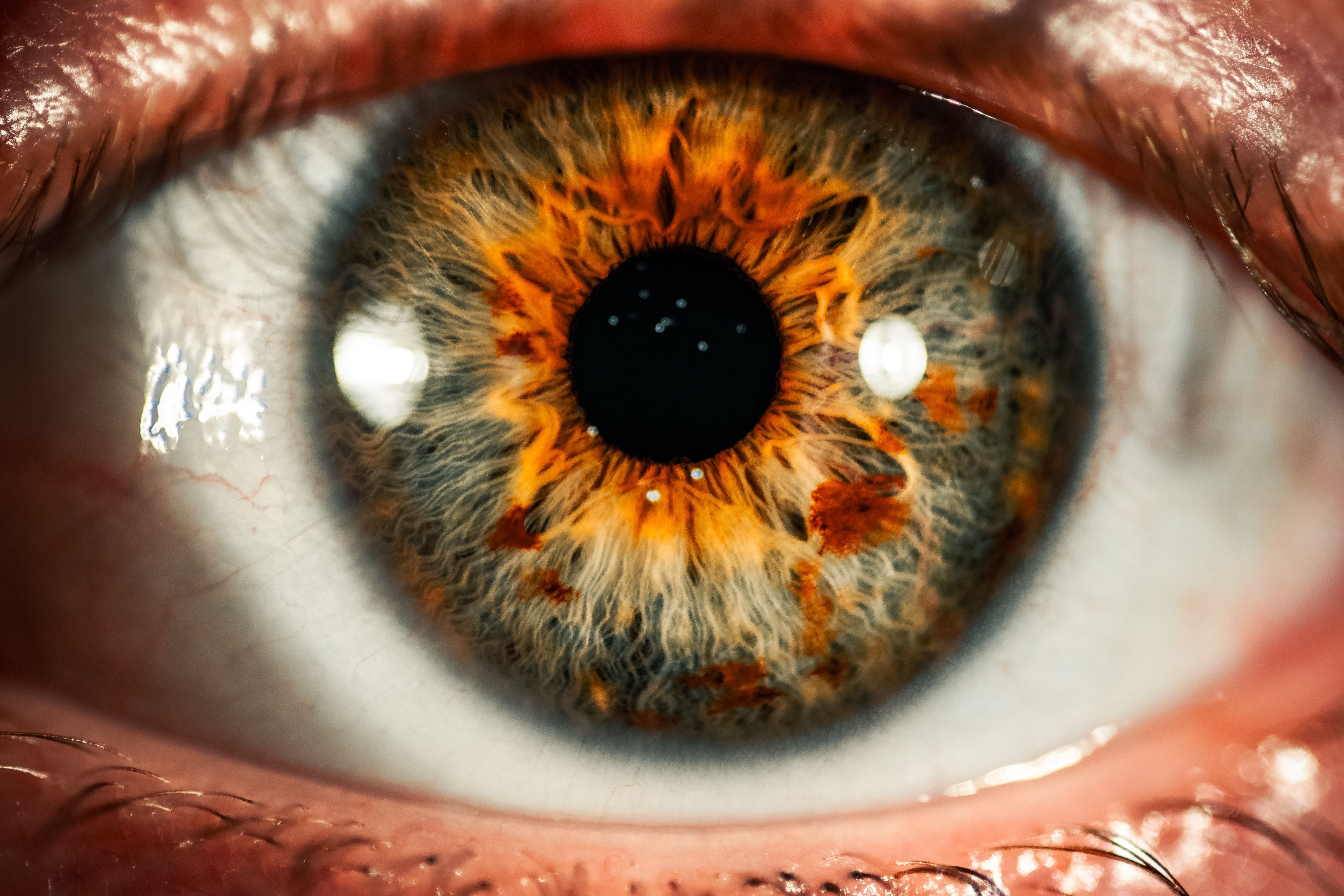
NIH Funding Success in 2023
The USC Roski Eye Institute faculty have had a successful year in obtaining new NIH funding in 2023. Please find below the description of newly awarded NIH research grants.
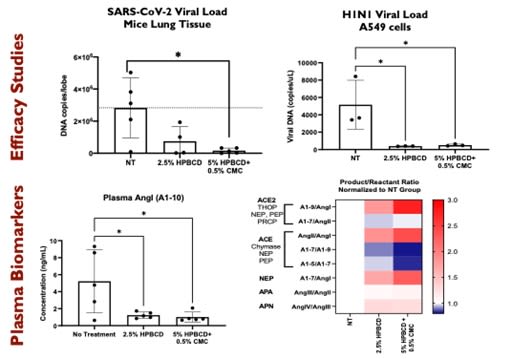

Optical Coherence Tomography Can Be Used to Evaluate the Viscosity of Super Thin Layer Fluid
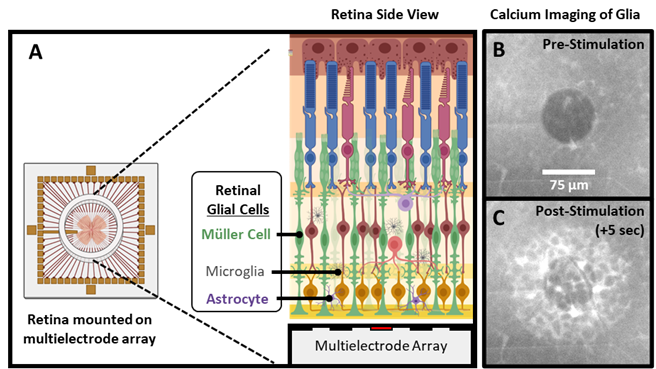

Finding the Role of Cathepsins in Corneal Neuropathic Pain
Research Stories

Revolutionizing Care Through Artificial Intelligence
Dr. Melinda Chang and Dr. Benjamin Xu are two physicians exploring the use of artificial intelligence (AI) in ophthalmology to automate clinical tasks and improve patient care.

A New Frontier in Retinoblastoma
Dr. Jesse Berry prepares to go international with retinoblastoma research and innovation.
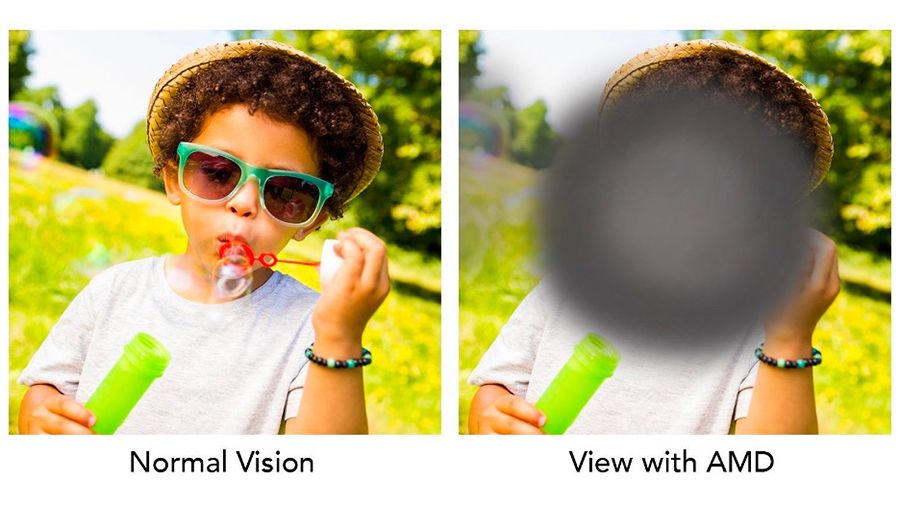
USC-Supported Startup Receives Major Grant for Clinical Trial of a Promising Eye Treatment
A $12.4 million award from the California Institute for Regenerative Medicine is the latest round of support for Mark Humayun, MD, PhD. It also represents a milestone for USC researchers whose stem cell patch is under development to treat advanced dry age-related macular degeneration, which can cause blindness.
Education & Training
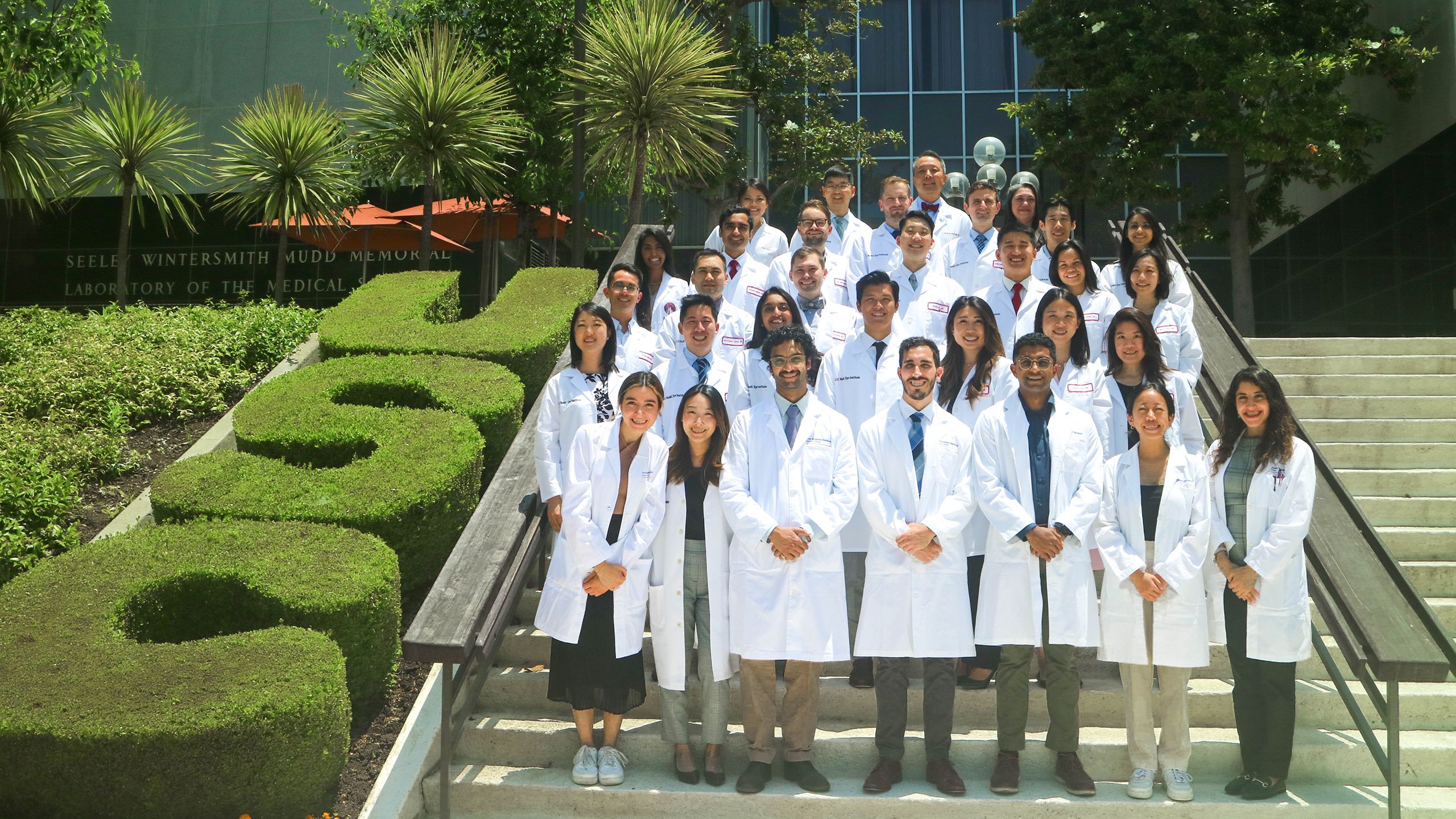
Residency Program
Each year, over 600 medical students apply for one of seven positions in the ophthalmology residency training program. Clinical rotations at the USC Roski Eye Institute and the Los Angeles General Medical Center are complemented by experiences at Children’s Hospital Los Angeles (CHLA) and the VA Downtown Los Angeles Medical Center. With a total of 28 residents, the USC / LA General Medical Center Ophthalmology Residency Program is one of the largest training programs in the country.
Top Clinical and Surgical Training:
Our residency program maintains a large volume of clinical encounters which supports excellent hands-on surgical training and provides unique opportunities for education and research. Our residents consistently rank above the 80th percentile in total ophthalmologic surgeries and procedures performed.
Robust Curriculum:
The clinical and surgical training of the residency is supplemented by a robust didactic curriculum within the department including a yearly overview of the American Academy of Ophthalmology’s Basic and Clinical Science Course, Distinguished Lecture series consisting of key opinion leaders from across the country, the departmental Winter Ophthalmology Symposium, and the Annual Department of Ophthalmology Symposium at the end of the academic year. These experiences are further supported by opportunities outside of the department in the form of surgical skills labs and opportunities for presentation and career development at national meetings.
Serving the Underserved:
Ophthalmology residents and fellows at Los Angeles General Medical Center are immersed in a diverse and enriching clinical learning environment. Under the guidance of full-time faculty from each teaching site, their scope of practice spans from managing trauma and rare ophthalmic conditions to more common causes of blindness, such as diabetic retinopathy, cataracts, and glaucoma. Concurrently, they also manage a busy inpatient and emergency consult service for ophthalmology while delivering care in the hospital system’s busiest ambulatory clinic. On any given day, between 250-350 patients receive care in the ophthalmology clinic daily with upwards of 10-12 surgeries performed. Residents graduate from the program with an unparalleled clinical and surgical experience that prepares them well for successful careers in either comprehensive ophthalmology or further fellowship training.
MEDICAL STUDENT EDUCATION
The department is dedicated to fostering a strong interest in ophthalmology as a career choice among the medical students at the Keck School of Medicine of USC through its emphasis on education, research, and clinical care. Faculty members actively engage in resident and medical student education through lectures, workshops, hands-on teaching clinical and operating room teaching, and mentorship for research projects. Under the guidance of Dr. Jessica Chang and Dr. Angeline Nguyen, a thriving student ophthalmology interest group coordinates several informational and community outreach activities throughout the academic year.
FELLOWSHIP PROGRAMS
Our clinical fellowship programs continue to attract talented fellows from across the nation who select our institute for advanced subspecialty training. The department sponsors fellowships in all major subspecialties of ophthalmology, all of which are either accredited by the American Society of Ophthalmic Plastic and Reconstructive Surgery (ASOPRS) or compliant with the standards set by the Association of University Professors of Ophthalmology (AUPO). These programs include:
· Cornea, External Diseases, and Refractive Surgery (AUPO)
· Glaucoma (AUPO)
· Neuro-ophthalmology (AUPO)
· Oculoplastic Surgery (ASOPRS)
· Pediatric Ophthalmology and Strabismus (AUPO)
· Vitreoretinal Surgery (AUPO)
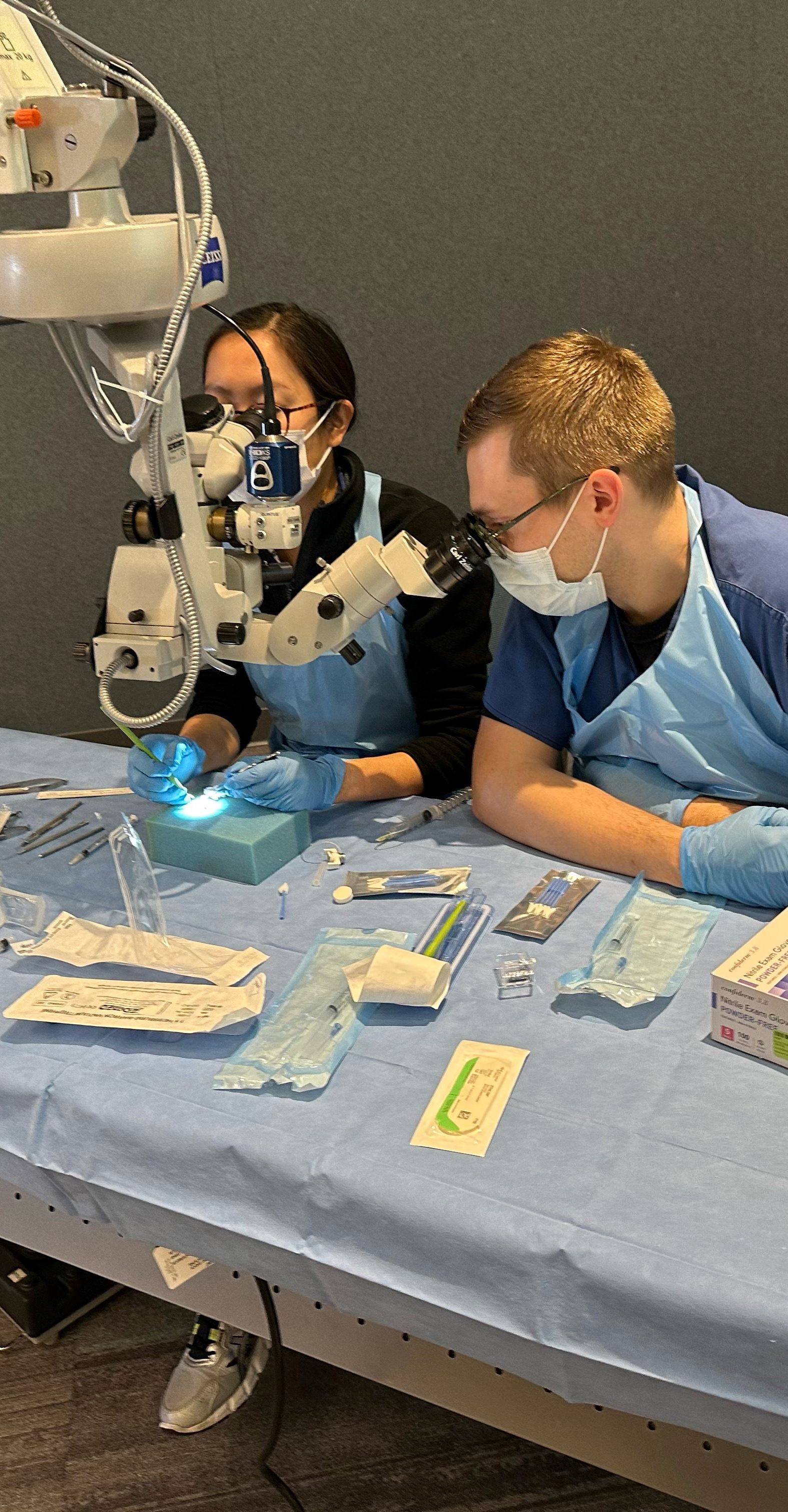
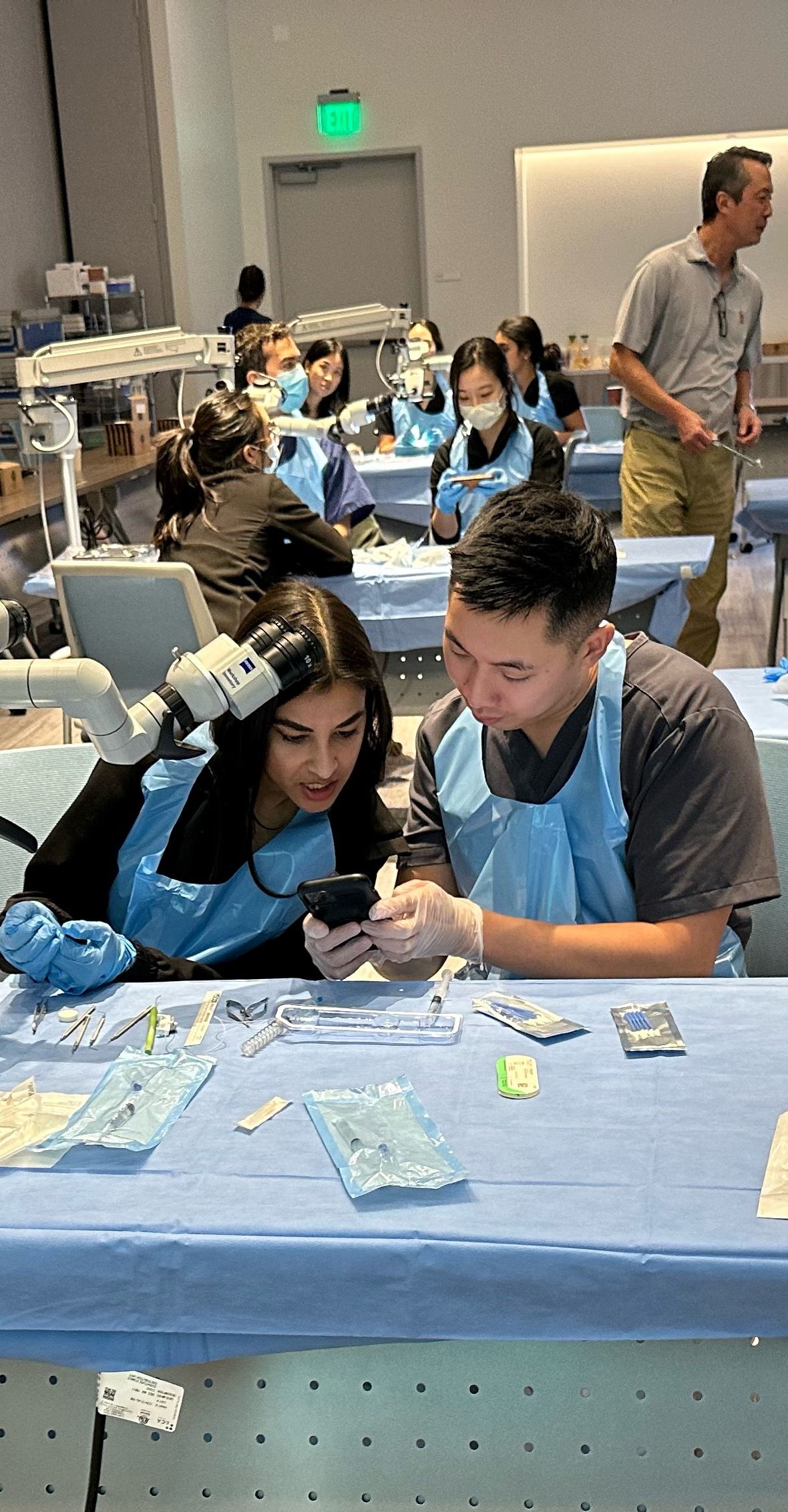
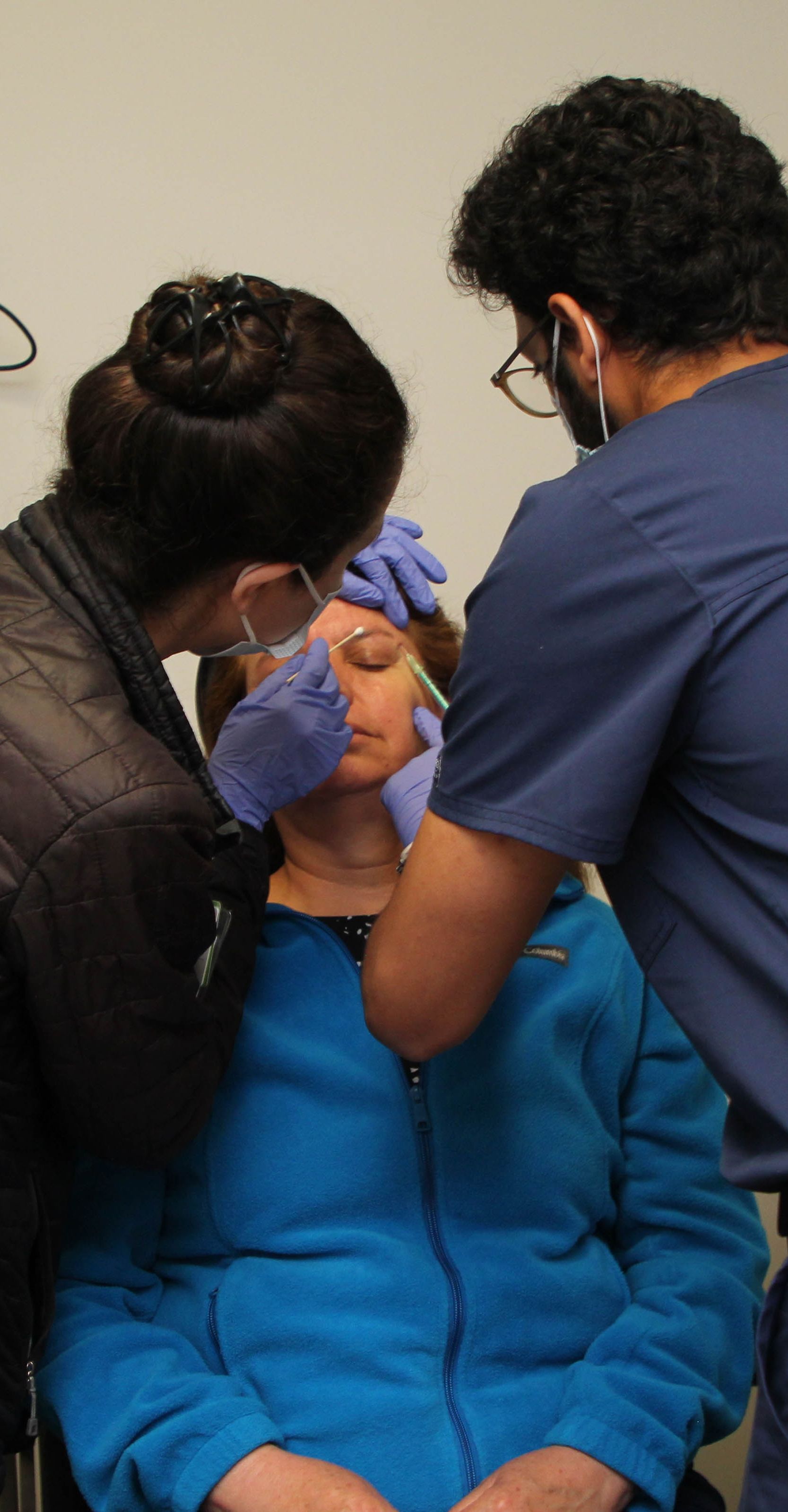
2023-2024 Graduating Residents

Shaunak
Bakshi, MD
Medical School
Harvard University
Boston, MD
Cornea Fellowship
Mass Eye and Ear
Boston, MA
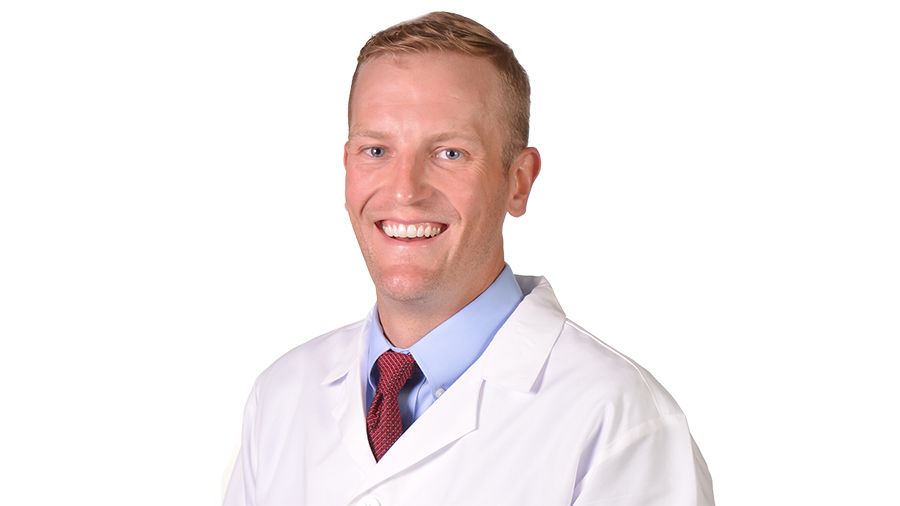
Austin
Bohner, MD
Medical School
Utah School of Medicine
Salt Lake City, UT
Glaucoma Fellowship
University of Utah / Moran Eye Center
Salt Lake City, UT
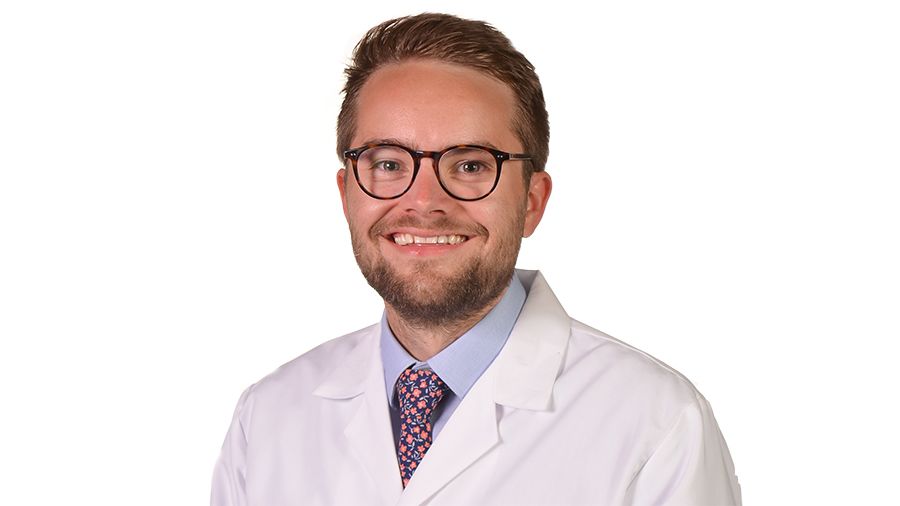
Ian
Christensen, MD
Medical School
Utah School of Medicine
Salt Lake City, UT
Comprehensive Ophthalmology
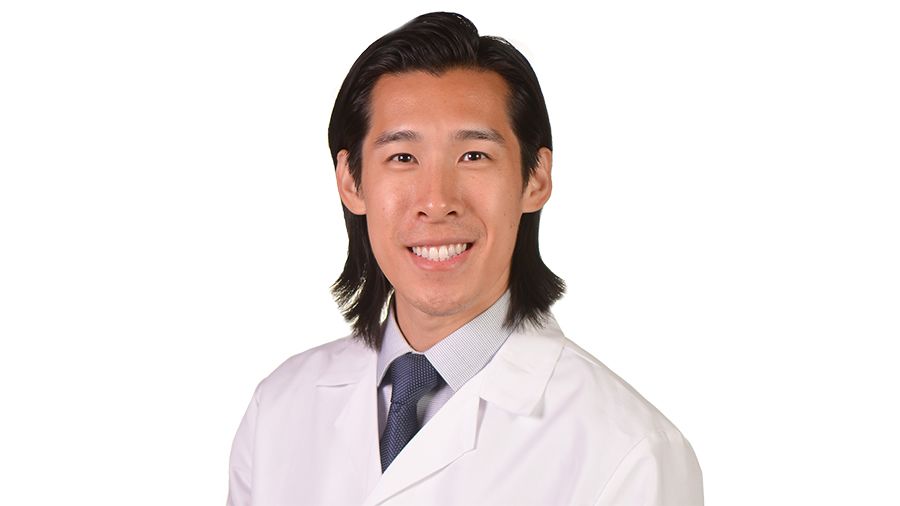
Christopher
Chung, MD, MS
Medical School
Northwestern University
Chicago, IL
Surgical Retina Fellowship
University of Illinois at Chicago / Illinois Eye and Ear Infirmary
Chicago, IL

Christopher
Long, MD, MS
Medical School
University of California, San Diego
La Jolla, CA
Comprehensive Ophthalmology
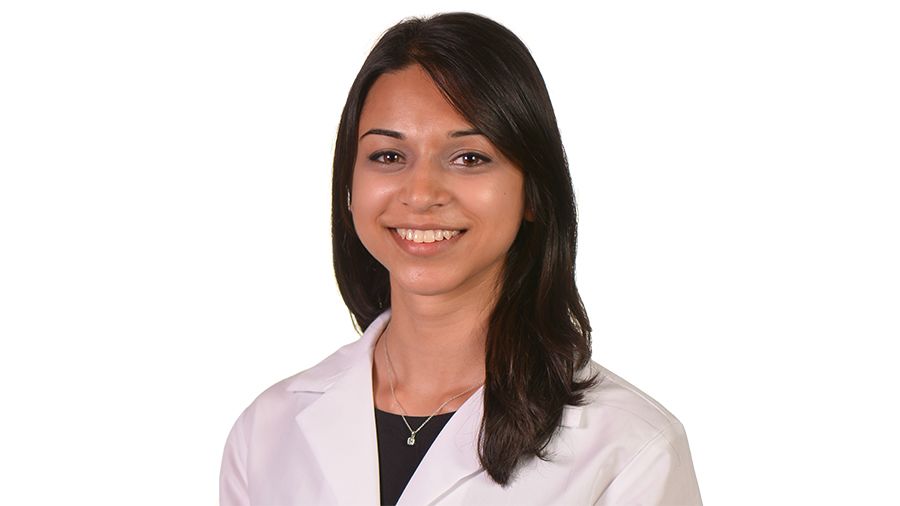
Alomi
Parikh, MD, MBA
Medical School
University of Pennsylvania
Philadelphia, PA
ASOPRS Fellowship in Oculoplastics
Eyesthetica/USC Roski Eye Institute
Los Angeles, CA

Abinaya
Thenappan, MD
Medical School
Columbia University
New York City, NY
Cornea/Refractive Fellowship
Cleveland Eye Clinic
Cleveland, OH
2023-2024 Graduating Fellows
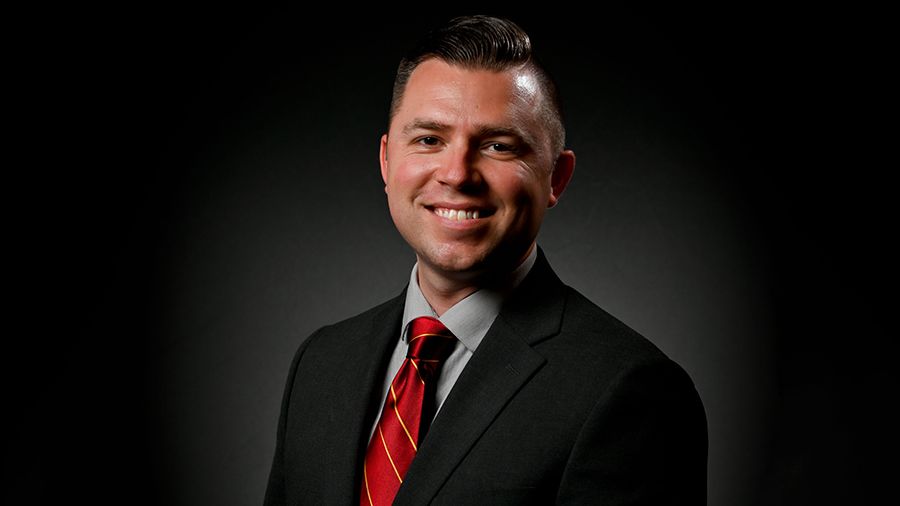
Andrew
Clark, MD, PhD
Surgical Retina
USC
Los Angeles, CA
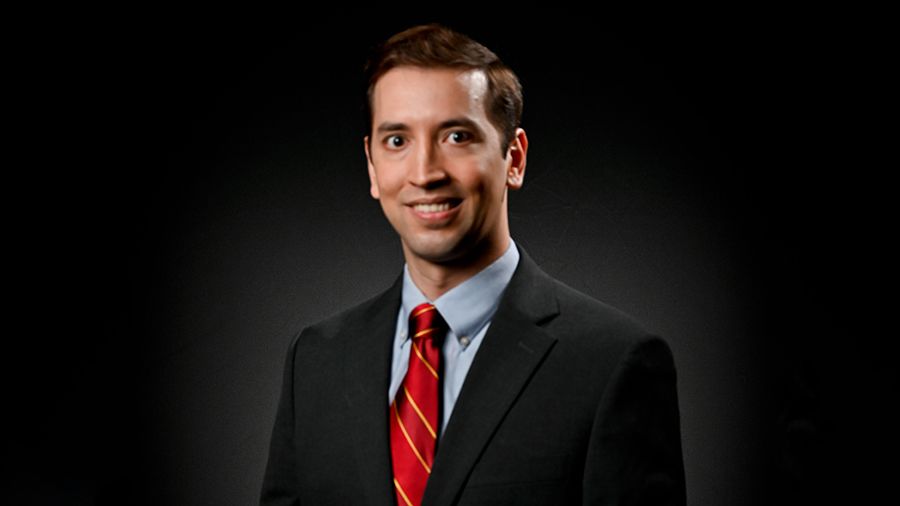
Luciano
Custo Greig, MD, PhD
Surgical Retina
Stanford University
Stanford, CA
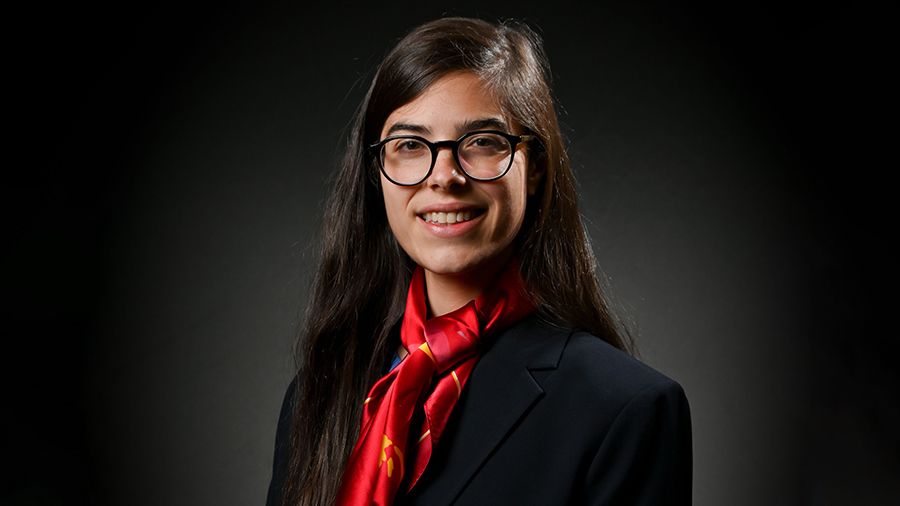
Stephanie
Engelhard, MD
Surgical Retina
New York-Presbyterian/Weill Cornell Medical Center
New York, NY
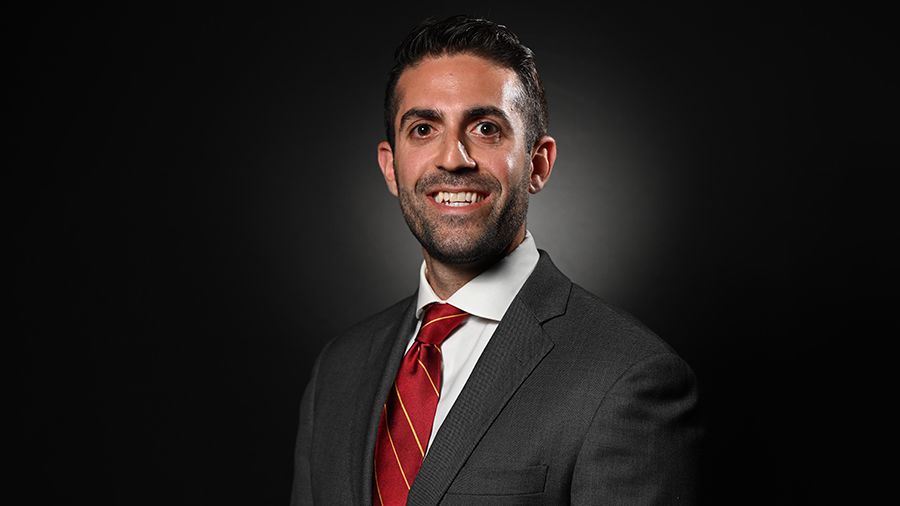
Benjamin Kambiz Ghiam, MD
Neuro-Ophthalmology
Case Western Reserve
Cleveland, OH
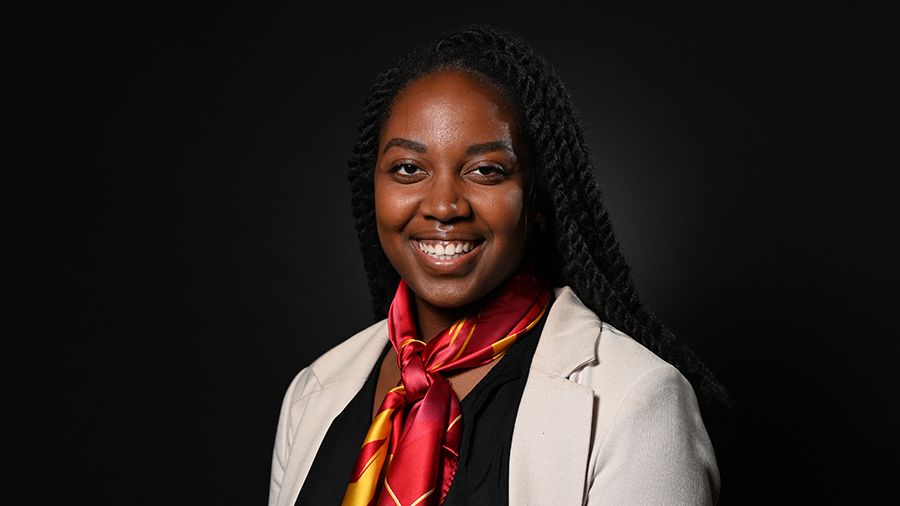
Alanna
James, MD
Glaucoma
Loma Linda University Health
Loma Linda, CA

Carl
Rebhun, MD
Oculoplastics
NYU Langone
New York, NY
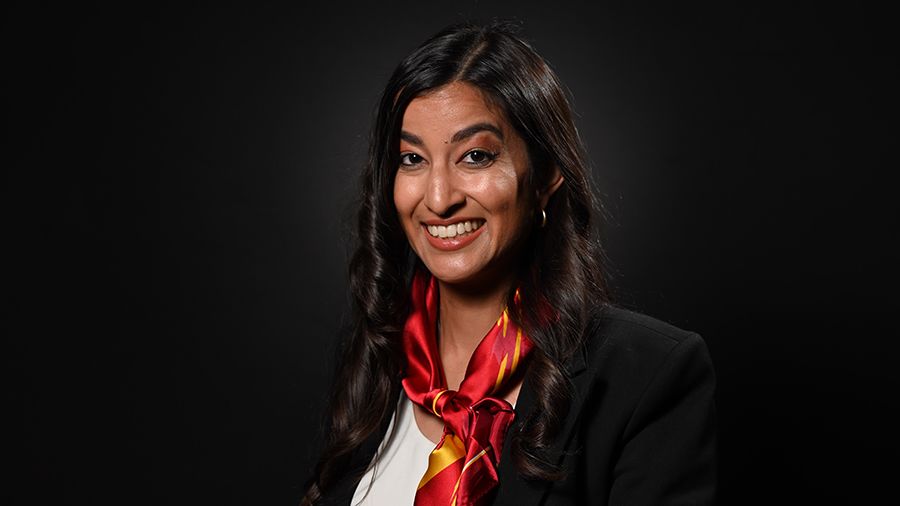
Sona
Shah, MD
Cornea
USC
Los Angeles, CA
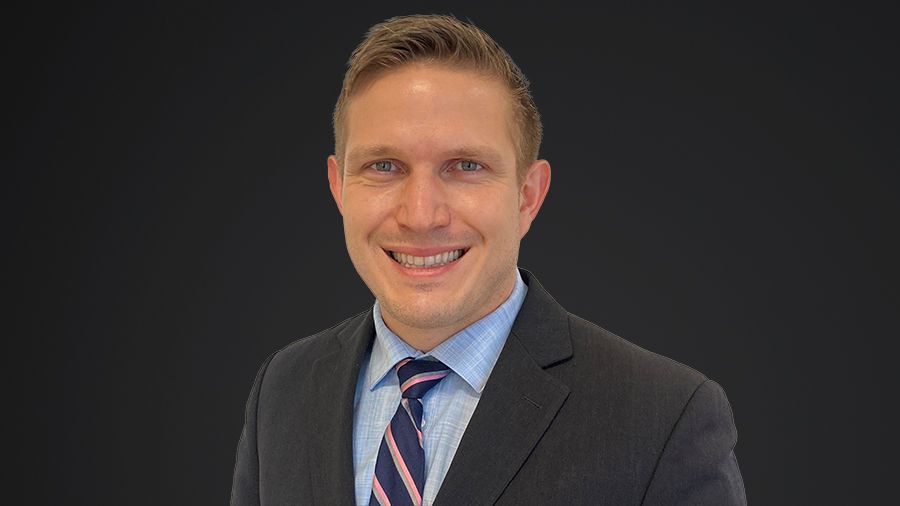
Matthew Snider, MD, US Army Captain
Pediatric
Madigan Army Medical Center
Tacoma, WA
Education Stories
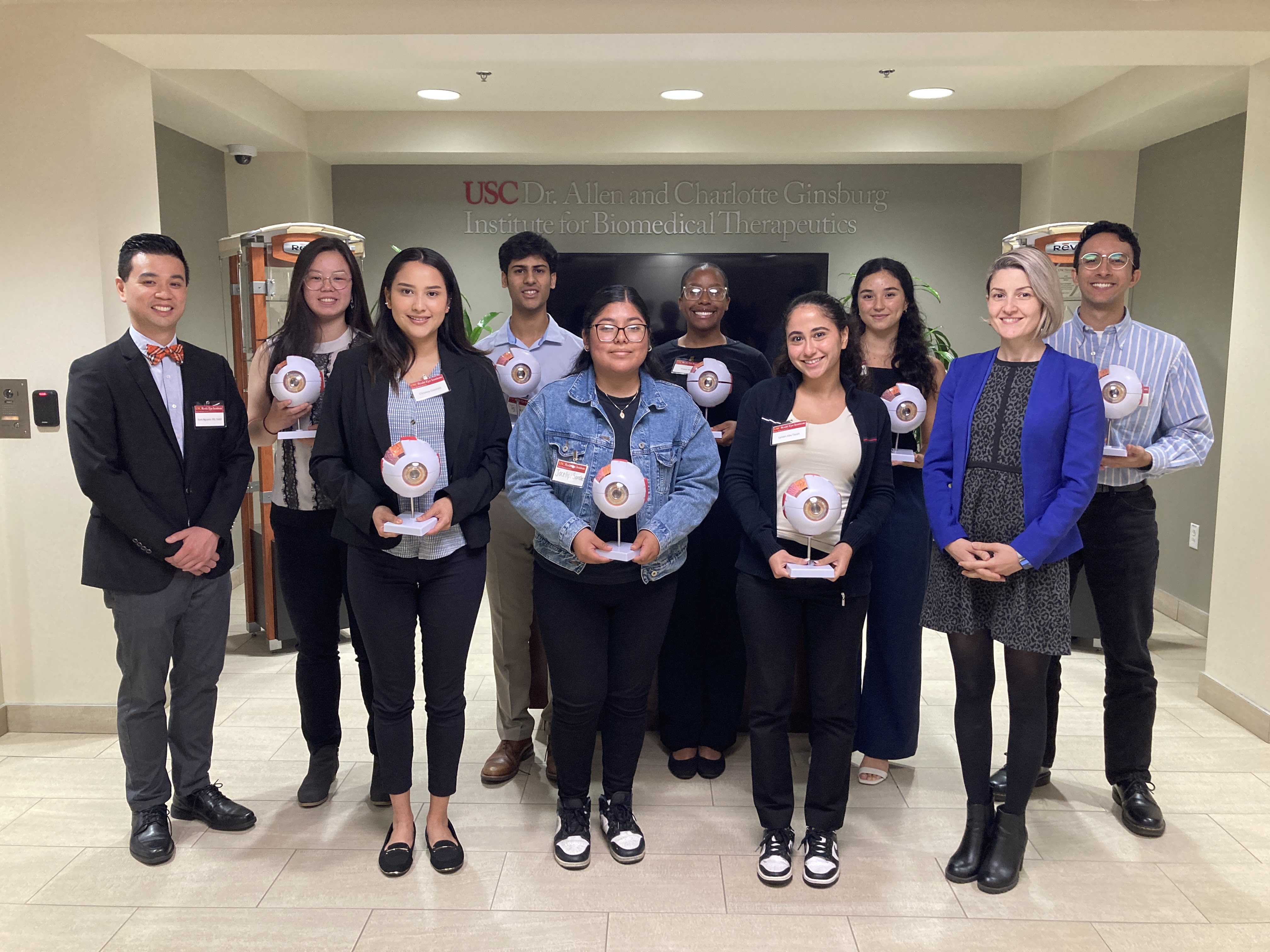
USC Roski Eye Institute’s “Eye Care for All” Program Returns for Its Second Year
USC Undergrads Get Hands-On Experience with Ophthalmology and Optometry in Day-Long Summer Program.
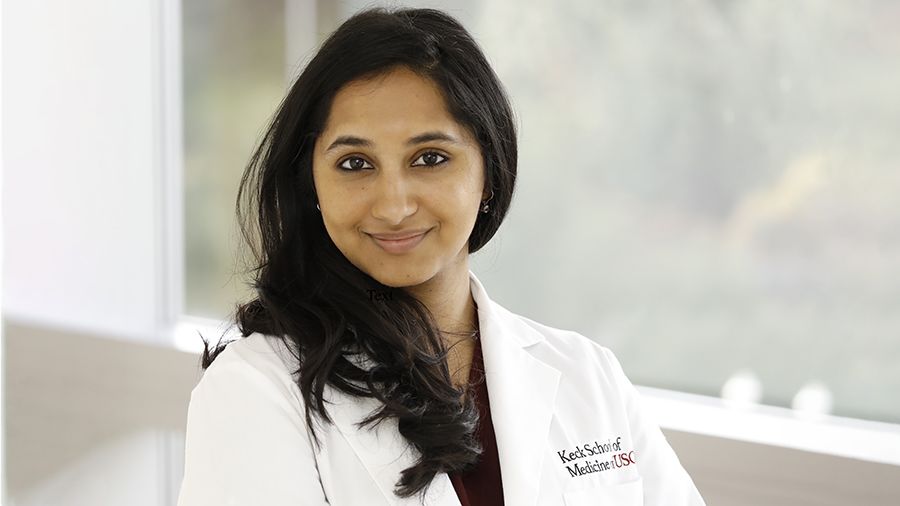
Mentoring Medical Students in Research
A medical student at the Keck School of Medicine of USC was awarded the Research to Prevent Blindness/Castle Biosciences Medical Student Eye Research Fellowship in Ocular Cancer. She will take a year off from medical school to focus on her research project on ocular cancer under the mentorship of Dr. Jesse Berry.
Alumni By the Numbers
63
Voluntary Faculty
10
Department Chairs
299
Residents Trained
324
Fellows Trained
Excellence
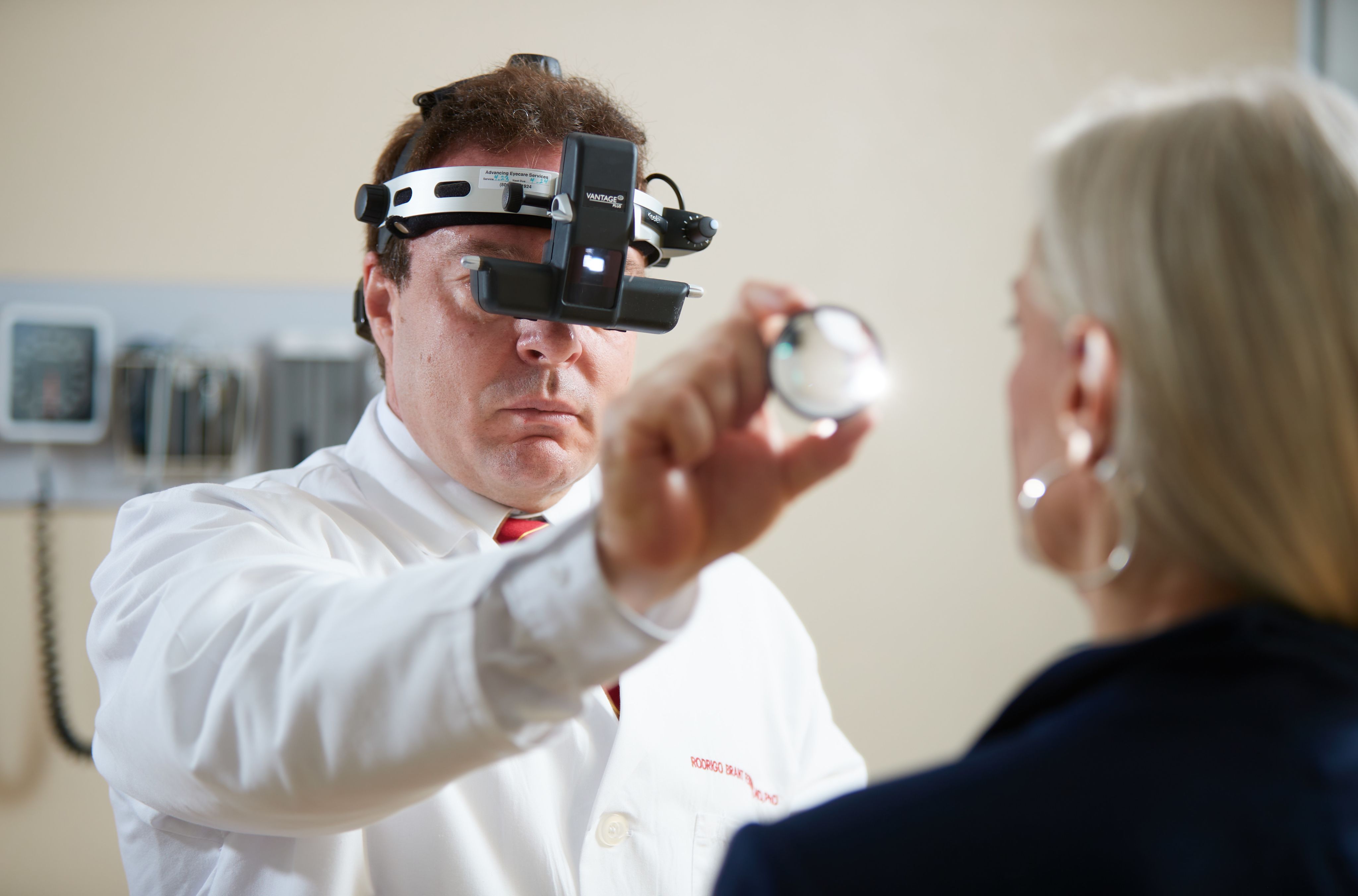
Notable Accolades & Achievements
Hossein Ameri, MD, PhD
Elected to Macula Society
Angela Buffenn, MD, MPH
Inaugural Scholarship, Althea Alexander African Heritage Inclusion
Resource Group (AAAH IRG)
Melinda Chang, MD
2023 Pilot Grant Award, 49th Annual North American Neuro-
Ophthalmology Society (NANOS) Meeting
Gloria Chiu, OD, FAAO, FSLS
Naomi "Jo" Svochak GP Practitioner of the Year Award, Global Specialty
Lens Symposium in Las Vegas.
David Cobrinik, MD, PhD
2023 Robert M. Ellsworth Lectureship, International Society for Genetic
Eye Disease
Charles Flowers, Jr., MD
Elected to Alpha Omega Alpha (AOA) Medical Honor Society
Mark Humayun, MD, PhD
Research and Innovation (R&I) USC Internal Small Business Innovation
Research (SBIR) / Small Business Technology Transfer (STTR) Planning
Award, University of Southern California
Sarah Hamm-Alvarez, PhD; Maria Edman, PhD;
and Brooke Hjelm, PhD
Image featured on cover of April 2023 issue of Investigative
Ophthalmology & Visual Science (IOVS)
Sun Young Lee, MD, PhD
Young Investigator Award, Alcon Research Institute
Leadership Development Program for Women, ARVO
Accepted, Emerging Vision Scientist (EVS) Program
Mahnaz Shahidi, PhD
Mentor for the Leadership Development Program for Women, ARVO
Arthur Toga, PhD
Named to the 2022 list of Highly Cited Researchers, Clarivate
Co-recipient of the Epstein Breakthrough Alzheimer's Research Fund, University of Southern California
Benjamin Xu, MD, PhD
Shaffer Grant, Glaucoma Research Foundation
Pilot Funding Program Award, Southern California Clinical and
Translational Science Institute (SC CTSI)
Sandy Zhang-Nunes, MD
Invited Speaker, American Academy of Dermatology
Winner, 2023 Innovation Forum in category B (>5 Years of experience in
aesthetic medicine), Merz Expert Summit (MEXS)
Mark Borchert, MD
Angela Buffenn, MD, MPH
Charles Flowers Jr., MD
Kimberly Gokoffski, MD, PhD
J. Martin Heur, MD, PhD
Mark Humayun, MD, PhD
Thomas C. Lee, MD
Andrew Moshfeghi, MD, MBA
Annie Nguyen, MD
Narsing Rao, MD
Bibiana Reiser, MD, MS
Brian Song, MD, MPH
Brian Toy, MD
Benjamin Xu, MD, PhD
Top Doctors 2023, Castle Connolly
Jesse Berry, MD
Jessica Chang, MD
Gloria Chiu, OD, FAAO, FSLS
Charles Flowers, Jr., MD
J. Martin Heur, MD, PhD
Linda Lam, MD, MBA
Andrew Moshfeghi, MD, MBA
Annie Nguyen, MD
Brian Song, MD
Lernik Torossian, OD
Benjamin Xu, MD, PhD
Sandy Zhang-Nunes, MD
Top Doctors 2023, Pasadena Magazine
Supporting the Institute

Eye Care Without Borders
In Cha Kim and Atul Dhablania endow a program allowing ophthalmology residents to gain invaluable surgical experience at an eye hospital in India.
In Cha Kim and Atul Dhablania were already strong supporters of the Keck School of Medicine of USC, having endowed the Dhablania and Kim Family Global Medicine Fellowship Fund in 2014, when they became involved with the USC Roski Eye Institute.
Atul’s brother-in-law was dealing with diabetes, a condition that had progressed to diabetic retinopathy, a common eye disease among South Asians that can cause vision loss and blindness. To help his brother-in-law, Atul and In Cha met with physicians at Roski to learn how they could be of help.
They soon learned of Roski’s Srikiran Institute Initiative, a new exchange program that could give USC ophthalmology residents the chance to do a clinical rotation at the Srikiran Institute of Ophthalmology in Kakinada, India.
“The opportunity connected the dots between our desire to support global medicine and what Roski wanted to do,” they said.
The day Kim and Dhablania heard of the initiative, they agreed to fund it. They pledged $50,000 for multiple years of support.
Beyond the initiative’s ties to the South Asian community, Kim and Dhablania had personal beliefs about why they thought the program would be effective.
“I always look at the efficiency of doing medical procedures overseas versus here in the States,” Dhablania said. “We have a lot of doctors in the family. Whenever they visit here, it’s astounding for them to see how a small procedure costs a lot of money and takes two to three times more effort or time than what is done overseas.”
Dhablania’s beliefs proved correct, resonating with the experiences of residents who traveled to the Srikiran Institute.
In March 2020, just before the global pandemic, senior resident Dr. Hadi Kaakour was among the first to experience the initiative envisioned by Kim and Dhablania. The experience offered him invaluable exposure to diagnose complex cases rarely found in America, such as retinitis punctata albescens dermatofibrosarcoma, myosin-heavy chain disease, and Klippel-Feil syndrome.
Notably, Dr. Kaakour operated on 25 patients over two weeks, and saw 15-20 patients in clinic daily. His first surgery took 40 minutes, but by the end of his rotation, he streamlined his work down to 15 minutes, mastering efficient techniques essential in India’s high-volume environment.
“I better understand how to treat people from a different culture,” Dr. Kaakour said, in a report to Kim and Dhablania. “Someday I’ll come across a case or face a problem in the OR and think of a trick I learned in India to address it. My experience changed me as a surgeon and caregiver, and it will for the rest of my working days.”
“His experience stood out completely,” Dhablania said, recalling Dr. Kaakour’s story. “It’s not only about him learning from colleagues in India. He himself was contributing. What he learned there is something he will carry on in his practices in America. I’m assuming when he sees South Asian patients he will probably approach them differently, since the complications they have may not be what he typically sees in America.”
The Srikiran Institute Initiative stalled briefly during the COVID-19 pandemic, but Kim and Dhablania’s pledge to keep supporting and expanding the endowment remains firm. Moving forward, they want all USC ophthalmology residents to have the chance to do a rotation in India. Likewise, they’d like Srikiran residents to rotate at Roski.
Kim and Dhablania continue to strongly support medicine at USC. They explained why philanthropy is so important to them:
“To those considering giving, our advice is to start early, even with a small amount, and stay consistent in your philanthropic goals. Everyone should allocate a portion of their earnings to help those in need, whether it’s for research, education, or global health. Once you start giving, it becomes a humbling and gratifying experience that motivates you to give even more and make a positive impact.”

Connect With Us

The USC Roski Eye Institute sees patients at the following locations:
Keck School of Medicine of USC
Department of Ophthalmology
USC Roski Eye Institute
1450 San Pablo Street, 4th Floor
Los Angeles, CA 90033
323-442-6335
USC Roski Eye Institute - Arcadia
65 N. First Avenue, Suite 101
Arcadia, CA 91006
626-446-2122
USC Roski Eye Institute - Pasadena
625 S. Fair Oaks Avenue, Suite 400
Pasadena, CA 91105
626-442-6335
USC Roski Eye Institute - USC Village
835 W. Jefferson Boulevard, Suite 1720
Los Angeles, CA 90089
833-USC-EYES
Children's Hospital Los Angeles
The Vision Center
4650 Sunset Boulevard
Los Angeles, CA 90027
323-660-2450
Be Visionary
For more information, please contact:
Silviya Aleksiyenko, MPA
Senior Director of Development
(213) 610-8573
Silviya.Aleksiyenko@med.usc.edu
© 2023 Keck School of Medicine of USC. All rights reserved.
A Note on the Typeface:
The 2023 USC Roski Eye Institute Annual Report utilizes Atkinson Hyperlegible. The typeface was developed by the Braille Institute in an effort to develop a font with greater legibility and readability for low vision readers. The typeface focuses on letterform distinction to increase character recognition, ultimately improving readability.
